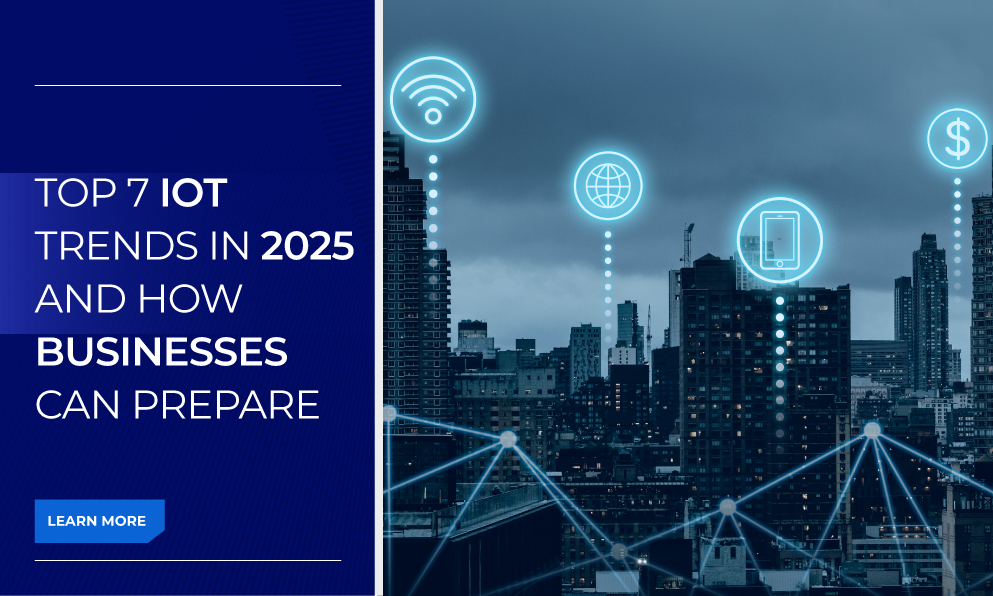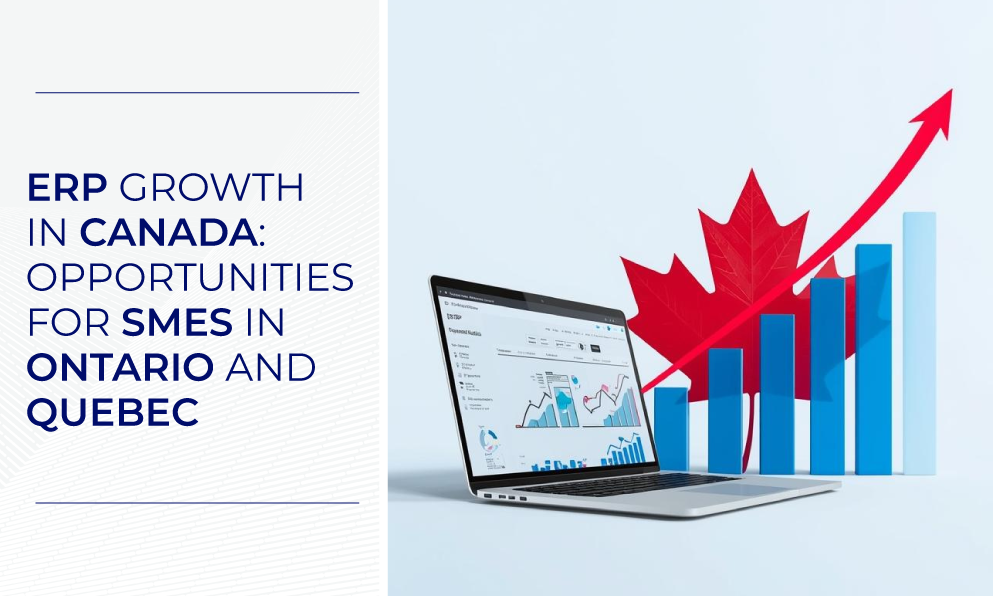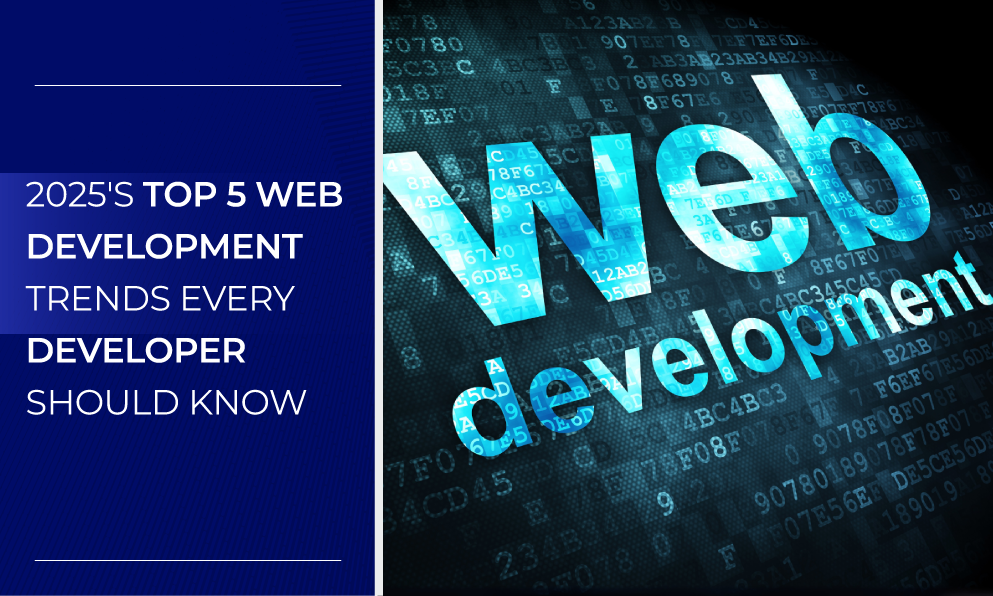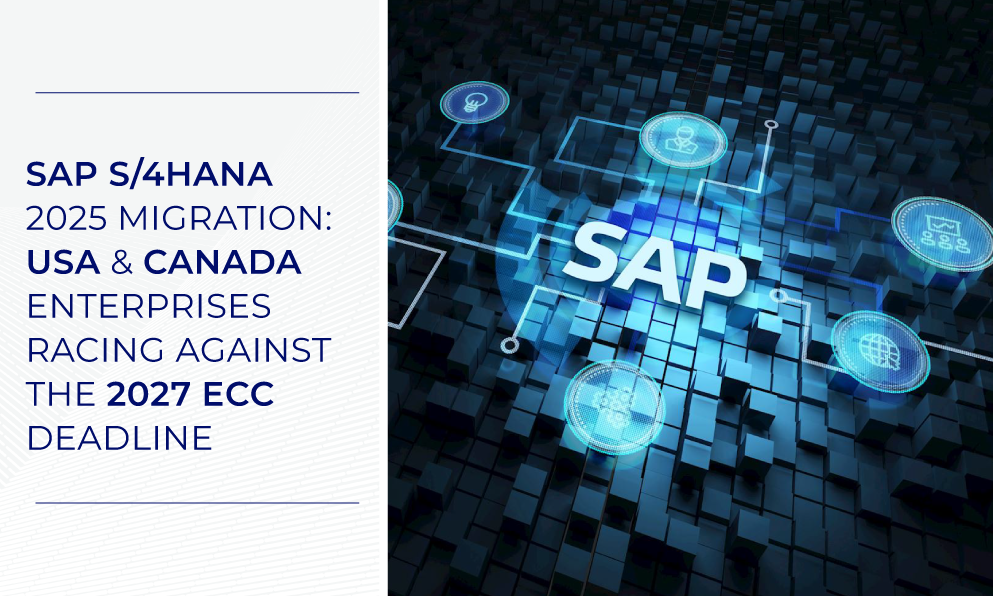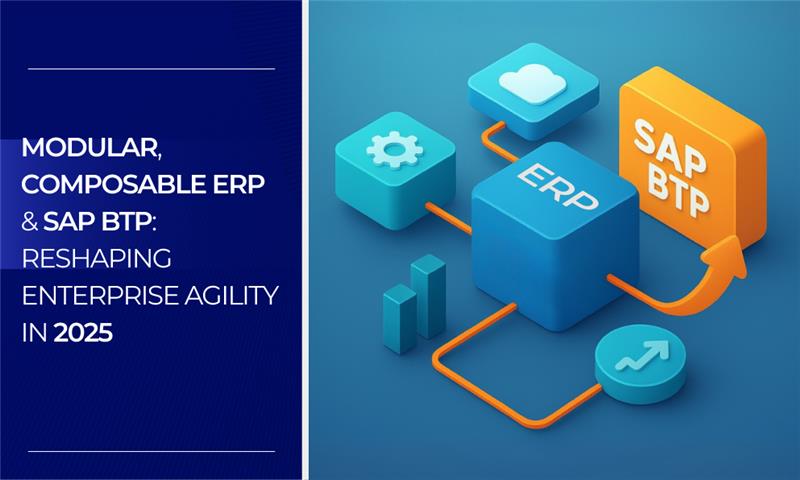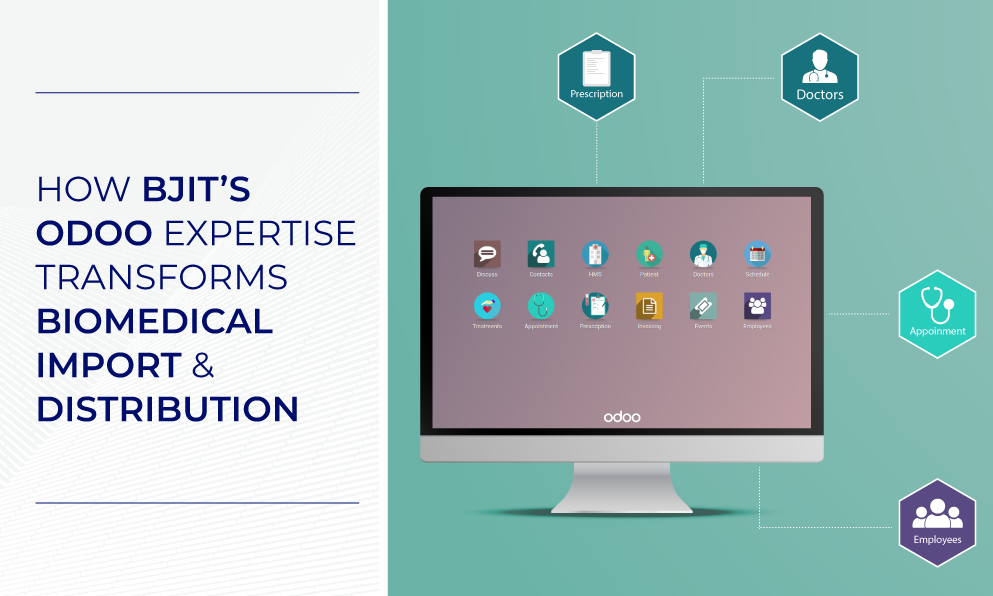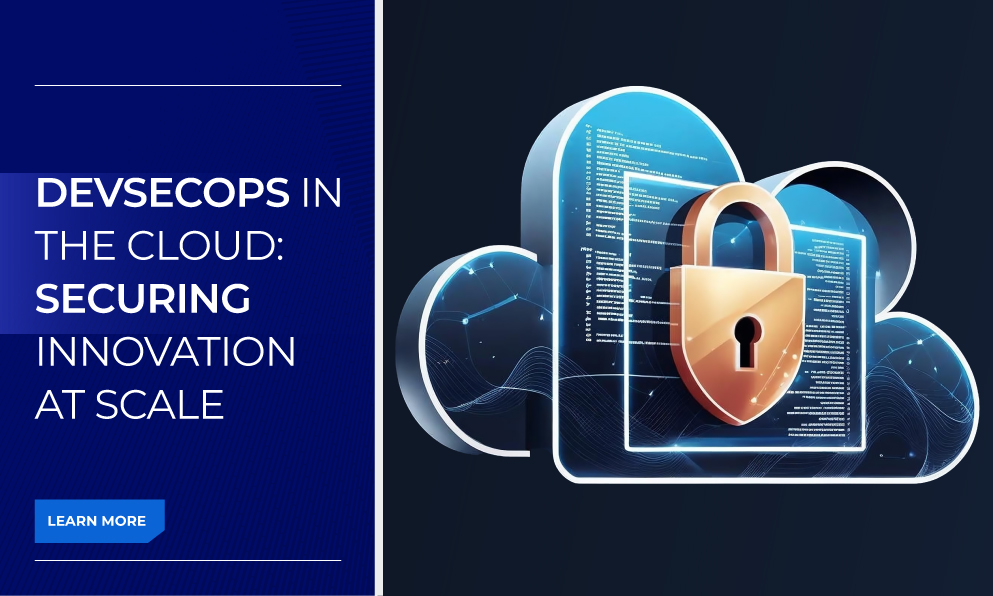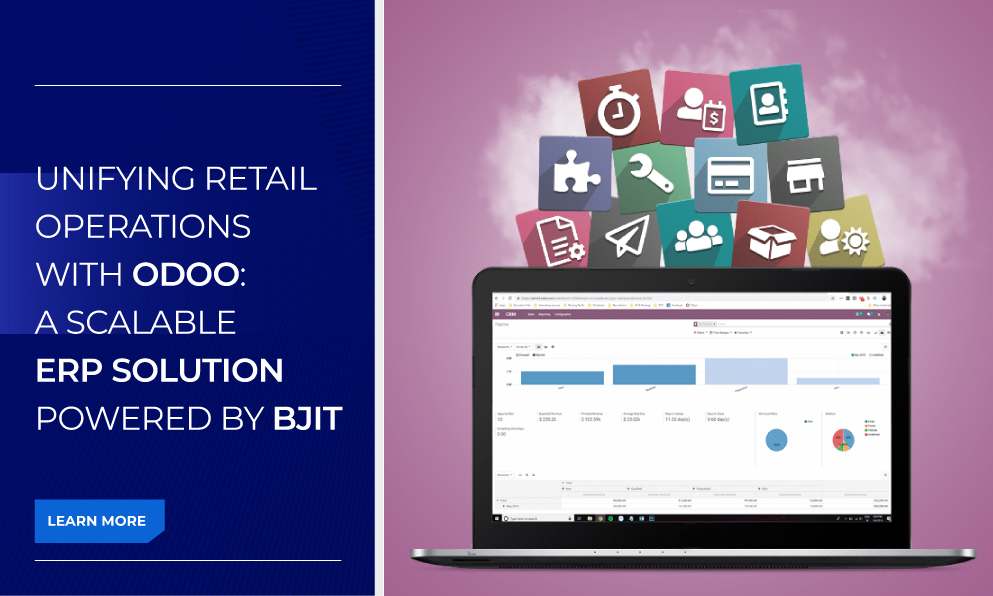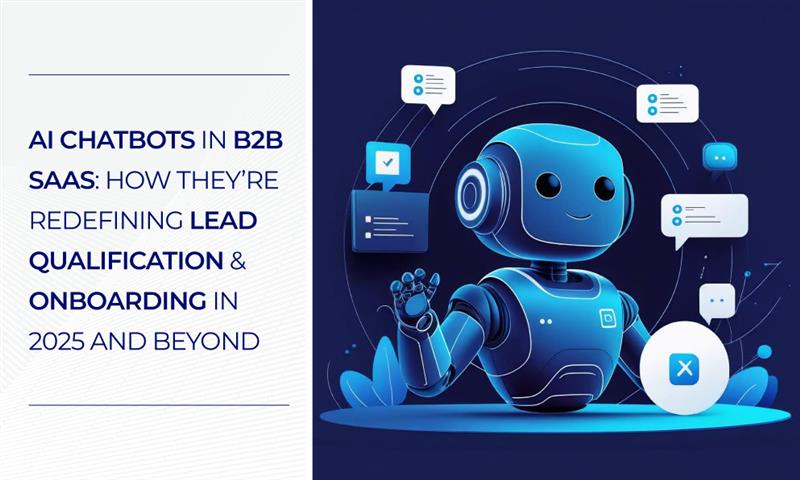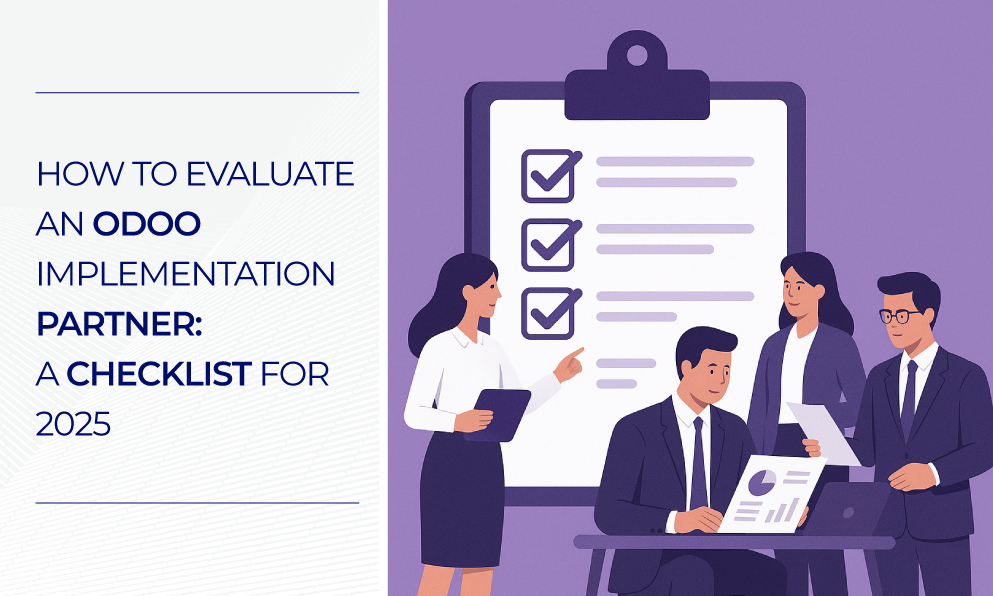Introduction
By the end of next year, cloud services will no longer be optional; they will be the backbone of digital transformation, innovation, and global business continuity. Enterprises of all sizes rely on cloud infrastructure to host applications, store data, and deliver scalable services that meet the ever-growing expectations of end-users (Gartner, 2024).
The shift to remote and hybrid workforces, the surge in digital commerce, and the demand for scalable analytics and automation platforms have made cloud computing essential (McKinsey & Company, 2023). From startups launching products to governments digitizing essential services, the cloud is the foundation enabling this global shift.
Cloud platforms provide on-demand access to compute, storage, and networking resources, significantly reducing capital expenditures while offering unmatched agility. Whether through public, private, hybrid, or multi-cloud strategies, businesses are leveraging the cloud to remain competitive, secure, and future-ready (Google Cloud, 2025).
Understanding Cloud Services: Types, Models, and Strategic Benefits
Cloud services fall into several key categories, each offering specific advantages depending on the business use case:
Infrastructure as a Service (IaaS)
This provides virtualized computing resources over the Internet. Examples include AWS EC2, Google Compute Engine, and Azure VMs. IaaS is ideal for businesses needing complete control over their infrastructure without managing physical servers (Amazon Web Services, 2025).
Platform as a Service (PaaS)
PaaS solutions offer a framework for developers to build and deploy applications without managing the underlying infrastructure. Services like Google App Engine and Azure App Services streamline development, testing, and deployment (Microsoft Azure, 2025).
Software as a Service (SaaS)
SaaS delivers applications over the web, like Salesforce, Microsoft 365, and Slack, eliminating the need for local installations or maintenance.
Strategic Benefits
Scalability: Instantly scale resources up or down based on demand.
Cost Efficiency: Pay-as-you-go pricing eliminates overprovisioning.
Speed: Rapid provisioning supports agile development.
Security: Built-in compliance, data encryption, and access control.
Resilience: Redundancy and geo-replication ensure uptime.
Innovation Enablement: Accelerates the adoption of new technologies.
Cloud adoption also aligns with the growing need for data sovereignty, global reach, and compliance readiness. As businesses expand into new markets, cloud platforms offer region-specific data hosting and regulatory controls (Gartner, 2024).
Emerging Trends in Cloud Services: Technologies, Operations, and Ecosystems
The cloud ecosystem continues to evolve rapidly. In 2025, the following trends dominate discussions across industries:
Multi-Cloud and Hybrid Cloud Strategies
Multi-cloud adoption, which involves using two or more cloud providers, has become mainstream. This approach enhances redundancy, performance, and bargaining power. The hybrid cloud combines public and private infrastructure, striking a balance between control and agility (Google Cloud, 2025).
According to Gartner (2024), over 75% of enterprises now employ a multi-cloud strategy, often involving the combination of AWS, Azure, and GCP. BJIT supports such architectures through modular deployments, container orchestration, and cost-optimized routing.
Cloud Cost Optimization and FinOps
With cloud spend growing at 20% or more annually (Flexera, 2024), FinOps—a discipline focused on financial accountability for cloud resources—is critical. Tools like AWS Cost Explorer, Azure Cost Management, and third-party platforms like CloudHealth allow teams to optimize usage.
BJIT offers expert support in designing cost-aware architectures, implementing automated shutdown schedules, and identifying idle resources to reduce waste.
Cloud-Native Architectures: Serverless and Containers
Serverless computing (e.g., AWS Lambda, Azure Functions) abstracts infrastructure entirely. It is perfect for microservices and event-driven applications. Meanwhile, containers (e.g., Docker) and orchestration tools like Kubernetes deliver portability, scalability, and operational consistency (Microsoft Azure, 2025).
BJIT’s expertise in containerization, CI/CD pipeline integration, and Kubernetes multi-cloud support helps clients modernize legacy applications while enhancing developer agility.
DevSecOps, Zero Trust, and Secure Cloud-by-Design
Security in the cloud has evolved from perimeter-based models to Zero Trust Architecture, a concept endorsed by NIST (2023). This approach assumes no user or device is inherently trusted.
BJIT implements DevSecOps pipelines that include continuous scanning, compliance checks, and automatic remediation. Combined with IAM, MFA, and logging best practices, these architectures deliver continuous compliance and visibility.
Sustainable and Green Cloud
Sustainability is no longer optional. Providers like Google Cloud are transitioning to 24/7 carbon-free energy (Google Cloud, 2025), and AWS aims to achieve carbon neutrality by 2040. BJIT helps clients optimize their workloads, implement energy-efficient practices, and select environmentally friendly data centers.
Industry Applications of Cloud Services
Cloud solutions must be tailored to specific industry needs. BJIT has delivered real-world results across the following sectors:
Public Sector and Utilities
BJIT collaborated on a Japanese government initiative, funded by JICA, to enhance utility monitoring through the use of intelligent dashboards and data platforms. This hybrid cloud implementation utilized Kubernetes, Prometheus, and Grafana to provide real-time insights. The cloud architecture enabled responsive resource allocation and policy-driven compliance.
Logistics and Innovation
In a project for a drone delivery platform, BJIT built the entire system on Azure Cloud using AKS and DevOps tools. Real-time location tracking, autonomous delivery scheduling, and operational resiliency were made possible through container orchestration and CI/CD pipelines.
E-Commerce and Retail
BJIT collaborated with a major Japanese IT services company to implement a scalable, multi-region e-commerce infrastructure utilizing AWS, GCP, and Terraform. This project supported high-volume traffic, enabled cross-border compliance, and improved load times via edge computing strategies.
Education and Digital Assessment
BJIT secured online assessment platforms using cloud-native VAPT techniques. These included scanning for vulnerabilities in web, mobile, and cloud API components. With cloud-based SOC monitoring, incidents were detected and responded to in real-time.
Future of Cloud Services (2026 and Beyond)
Cloud technology will continue to shape innovation across all sectors, becoming increasingly integrated, intelligent, and industry-specific. As enterprises mature in their cloud adoption journeys, the next wave of transformation will be driven by a convergence of technologies, including artificial intelligence, quantum computing, edge infrastructure, and verticalized platforms.
Industry-Specific Cloud Platforms
Cloud providers are moving beyond general-purpose infrastructure and beginning to offer industry-specific clouds, which are pre-configured environments tailored to specific sectors, such as healthcare, government, manufacturing, finance, and education. These platforms include built-in compliance templates (e.g., HIPAA, PCI-DSS, SOC 2), sector-specific analytics tools, and reference architectures that are designed to meet the unique requirements of each sector.
For instance, Microsoft Cloud for Healthcare and AWS for Industrial have accelerated time-to-value by providing healthcare data lakes, manufacturing simulation environments, and energy grid analytics as ready-to-use services (Gartner, 2024). As regulation tightens and digitalization accelerates, these specialized offerings will reduce risk and implementation time for businesses in complex verticals.
BJIT, with its multi-sector experience, is already enabling such transitions by deploying modular infrastructure, prebuilt CI/CD pipelines, and compliance monitoring tailored for each domain.
AI-Managed Infrastructure and Autonomous Cloud Operations
AI will increasingly drive autonomous cloud operations, where infrastructure adapts and maintains itself with minimal human input. This paradigm, powered by AIOps (Artificial Intelligence for IT Operations), brings about a step change in system reliability, efficiency, and responsiveness.
Core capabilities of AI-managed cloud platforms include:
● Predictive scaling: Adjusting compute resources based on forecasted usage patterns.
● Anomaly detection: Identifying performance degradations or threats in real time.
● Self-healing systems: Automatically restarting services or rerouting traffic to avoid downtime.
● Policy enforcement: Dynamically maintaining compliance without manual intervention.
By integrating these capabilities into client environments, BJIT is helping organizations reduce their operational overhead while increasing uptime and performance predictability. This is especially relevant for industries with 24/7 uptime requirements, such as e-commerce, logistics, and government services.
Quantum Cloud and Edge Computing
Quantum computing, although still in its early stages, holds promise for breakthroughs in cryptography, optimization, materials science, and machine learning. Platforms like IBM Quantum, Amazon Braket, and Microsoft Azure Quantum are now offering quantum-computing-as-a-service (QCaaS) via the cloud, allowing enterprises to run simulations that were previously computationally infeasible.
Simultaneously, edge computing is becoming increasingly vital for latency-sensitive applications. It processes data closer to the source, whether that is a factory floor, an autonomous vehicle, or a wearable device, thereby reducing round-trip time to the cloud and enabling real-time responsiveness.
Use cases of edge cloud infrastructure include:
● Smart cities: Managing traffic systems and environmental sensors.
● AR/VR: Supporting immersive digital experiences with millisecond latency.
● Industrial IoT: Enabling machine-to-machine communication with predictive maintenance.
● Healthcare: Facilitating telemedicine and real-time diagnostics.
BJIT is positioning itself to integrate edge and core cloud strategies for its clients, utilizing containerized services, local gateways, and hybrid orchestration models that enable seamless data transfer between cloud and edge environments.
Other Emerging Cloud Innovations
● Federated Cloud Governance: As data spreads across clouds and geographies, managing policies, access, and usage will demand federated governance models.
● Sovereign Cloud: Country-specific clouds that adhere to national regulations on data localization and security.
● Sustainability Metrics Integration: Cloud cost calculators will evolve to include energy and carbon impact, enabling “green cloud budgeting.”
These innovations signify a future where the cloud becomes an orchestrated fabric, responsive, intelligent, and tailored to both user and regulatory expectations. With forward-looking partners like BJIT, businesses can not only keep pace but also lead the transformation.
Why Partner with BJIT for Cloud Success (Expanded)
● Global Experience: 45+ completed projects in enterprise, logistics, education, and public sectors.
● Deep Cloud Expertise: Multi-cloud deployment across AWS, Azure, GCP, and on-prem.
● DevOps Integration: Full-stack CI/CD, GitOps, serverless, and containerization.
● Secure by Design: SOC, VAPT, Zero Trust, and DevSecOps baked into every pipeline.
● Compliance-Ready: Familiarity with ISO 27001, PCI-DSS, HIPAA, and GDPR.
● End-to-End Delivery: Consulting, migration, design, support, and optimization—all under one roof.
BJIT is the cloud partner of choice for organizations that demand scalable, secure, and intelligent cloud transformation.
Why Partner with BJIT for Cloud Success
Global Experience: 45+ completed projects in enterprise, logistics, education, and public sectors.
Deep Cloud Expertise: Multi-cloud deployment across AWS, Azure, GCP, and on-prem.
DevOps Integration: Full-stack CI/CD, GitOps, serverless, and containerization.
Secure by Design: SOC, VAPT, Zero Trust, and DevSecOps baked into every pipeline.
Compliance-Ready: Familiarity with ISO 27001, PCI-DSS, HIPAA, and GDPR.
End-to-End Delivery: Consulting, migration, design, support, and optimization, all under one roof.
BJIT is the cloud partner of choice for organizations that demand scalable, secure, and intelligent cloud transformation.
Conclusion
Cloud services in 2025 have evolved beyond infrastructure to become the strategic engine driving modern businesses. With powerful trends like hybrid multi-cloud, DevSecOps, and serverless applications shaping the digital landscape, the need for scalable and secure solutions has never been greater.
Choosing the right implementation partner is key. BJIT brings not only technical depth but also the agility and foresight needed to build next-generation infrastructure. Whether you are starting your cloud journey or looking to optimize a mature deployment, BJIT delivers excellence with every deployment.
The future of business is in the cloud, and the future of the cloud is brighter, faster, and more secure than ever.
References
● Amazon Web Services. (2025). AWS Cloud Solutions Overview. https://aws.amazon.com/solutions/
● Flexera. (2024). State of the Cloud Report. https://www.flexera.com/blog/cloud/cloud-computing-trends/
● Gartner. (2024). Top Strategic Technology Trends for 2025. https://www.gartner.com/en/articles/gartner-top-strategic-technology-trends-for-2025
● Google Cloud. (2025). Multi-cloud deployments and sustainability. https://cloud.google.com/solutions/
● McKinsey & Company. (2023). The Cloud as a Catalyst for Digital Transformation. https://www.mckinsey.com/business-functions/mckinsey-digital
● Microsoft Azure. (2025). Serverless Computing and DevOps. https://learn.microsoft.com/en-us/azure/devops/
● National Institute of Standards and Technology (NIST). (2023). Framework for Zero Trust Architecture. https://www.nist.gov/publications/zero-trust-architecture
